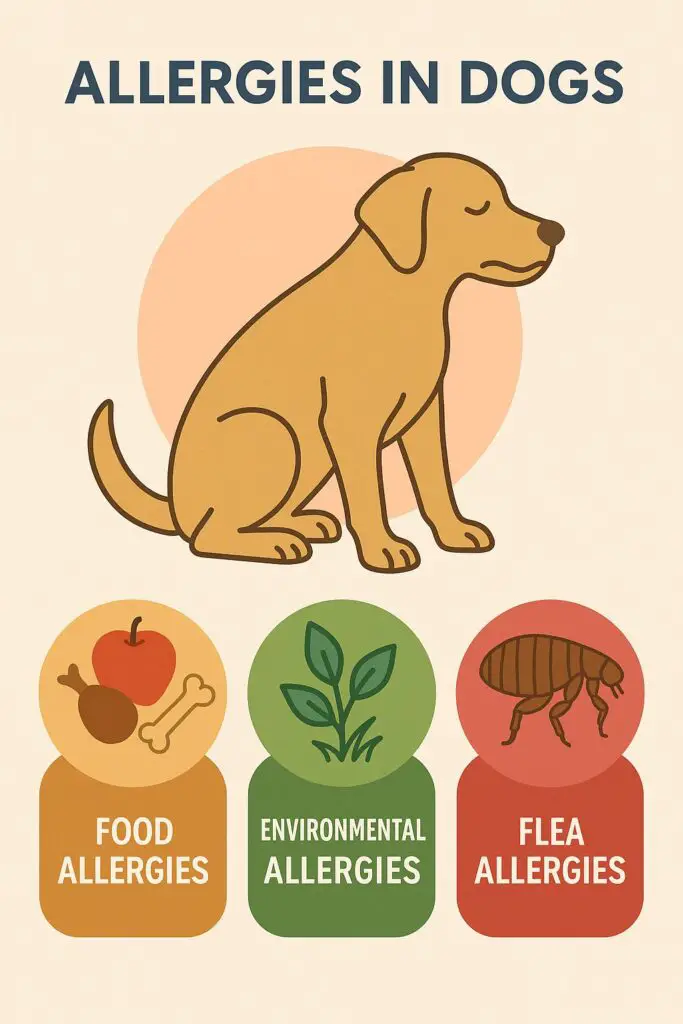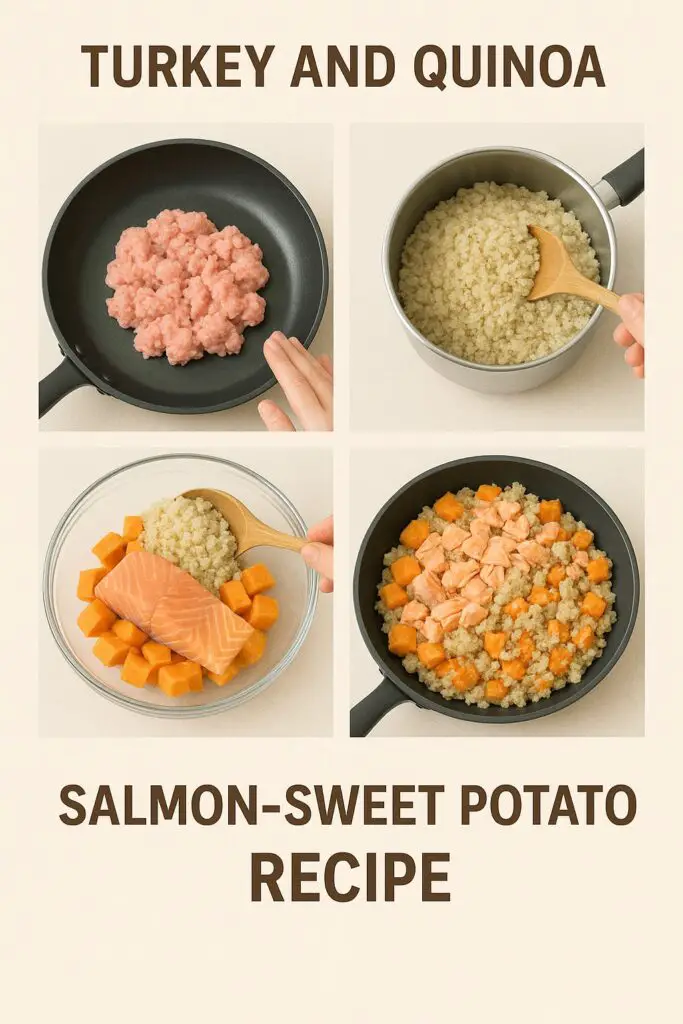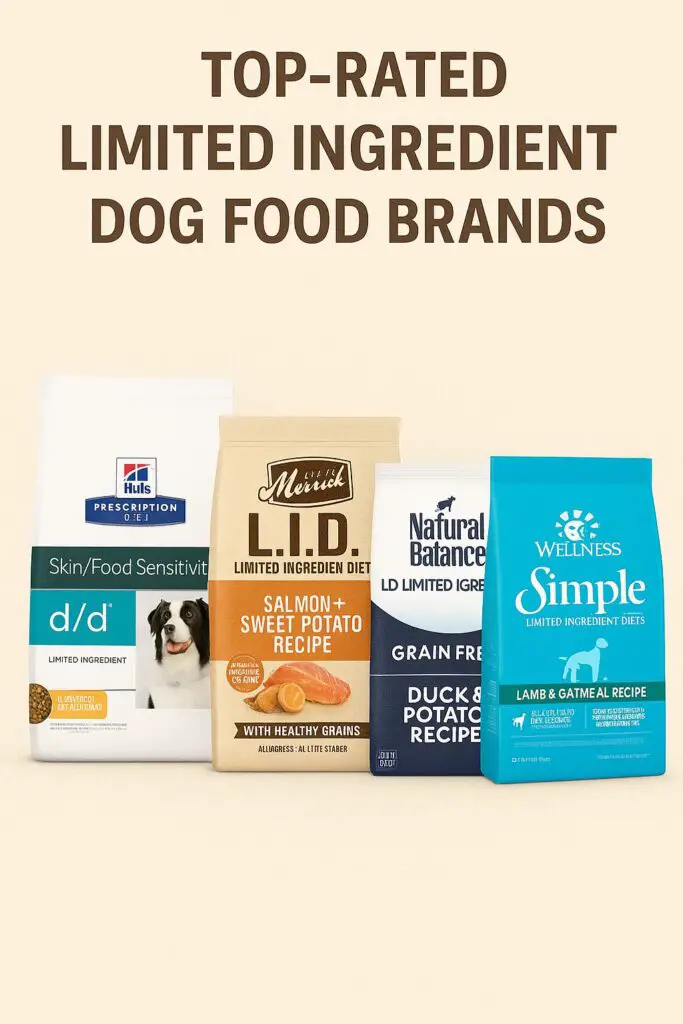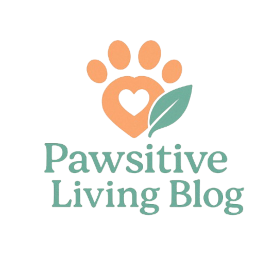Pet allergies are becoming more common, affecting dogs and cats alike with symptoms that can significantly reduce their quality of life. From chronic itching to digestive issues, identifying the cause of your pet’s discomfort can be challenging—but often, it starts with their diet. One of the most effective strategies? Transitioning to a limited ingredient dog food plan.
Limited ingredient diets eliminate common allergens and focus on whole, simple ingredients. This not only helps identify triggers but also promotes overall well-being. In this guide, we’ll dive into why these diets work, how to create allergy-friendly meals at home, what store-bought options are worth trying, and how to transition your furry friend safely.
What Causes Pet Allergies?

Pet allergies typically fall into three categories:
1. Food Allergies
Food-related allergies are often caused by:
- Beef
- Dairy
- Chicken
- Wheat
- Eggs
- Corn
- Soy
Symptoms can include itchy skin, ear infections, vomiting, diarrhea, and chronic gas.
2. Environmental Allergies

Dust mites, pollen, mold spores, and even cleaning products can lead to itching and sneezing.
3. Flea Allergies
A single flea bite can cause severe allergic reactions in some pets, leading to excessive scratching and hair loss.
While environmental and flea allergies need different treatments, food allergies are often manageable through a limited ingredient pet food diet.
Why Choose a Limited Ingredient Diet?
A limited ingredient dog food or cat food recipe is formulated with a simplified ingredient list, usually containing:
- One protein source
- One carbohydrate source
- No artificial additives or fillers
Key Benefits:
✅ Allergen Isolation: Easily identify what’s causing the allergic reaction.
✅ Improved Digestion: Fewer ingredients mean less chance for gastrointestinal upset.
✅ Better Skin & Coat Health: Many pet owners notice a shinier coat and less scratching.
✅ Balanced Nutrition: When well-formulated, limited diets meet all of your pet’s needs.
Pro Tip: Look for labels that say “L.I.D.” (Limited Ingredient Diet) or consult with a vet about hypoallergenic options.
Homemade Limited Ingredient Meal Ideas

Creating meals at home gives you total control over what your pet consumes. Here are some allergy-friendly ideas:
1. Turkey & Quinoa Blend
Ingredients:
- 1 lb ground turkey
- 1 cup cooked quinoa
- 1/2 cup chopped zucchini
- 1 tbsp olive oil
Instructions:
- Cook turkey until fully browned.
- Steam zucchini until soft.
- Combine with quinoa and drizzle olive oil.
- Let it cool before serving.
2. Salmon & Sweet Potato Mash
Great for pets allergic to chicken or beef.
Ingredients:
- 1 salmon fillet (boneless)
- 1 cup cooked sweet potato
- 1 tbsp coconut oil
Instructions:
- Bake or steam the salmon.
- Mash sweet potatoes and mix in oil.
- Flake salmon and mix.
3. Vegetarian Option (For Dogs Only)
Not all dogs need meat if allergies are severe.
Ingredients:
- 1 cup cooked lentils
- 1/2 cup carrots (steamed)
- 1/4 cup peas
- 1 tsp flaxseed oil
Mix all ingredients together and serve warm.
Commercial Limited Ingredient Dog Food Options
Not a fan of home-cooking? Several trustworthy brands offer excellent LID formulas:

- Natural Balance L.I.D. (Duck & Potato, Venison & Sweet Potato)
- Blue Buffalo Basics
- Merrick Limited Ingredient Diet
- Canidae PURE
- Wellness Simple
What to Look for in Store-Bought LID Foods:
- Single-source proteins
- Grain-free or whole-grain (depending on your pet’s needs)
- No artificial colors or preservatives
- Vet-tested or AAFCO-approved formulations
How to Transition Your Pet to a Limited Ingredient Diet
1. Start Slow
Begin by mixing 25% of the new food with 75% of the old food. Over 7–10 days, gradually increase the new food ratio.
2. Monitor Symptoms
Watch for improvements in:
- Scratching or licking
- Stool quality
- Energy levels
- Ear infections or inflammation
3. Keep a Food Journal
Note what ingredients you’ve introduced and monitor reactions. This will help you and your vet identify triggers more quickly.
When to See a Veterinarian
If symptoms persist after dietary changes or worsen suddenly, seek veterinary help. Your vet may recommend:
- Blood testing or skin testing
- Elimination diets under supervision
- Prescription hypoallergenic food
- Antihistamines or topical treatments
Even if you’re managing the issue with food, regular vet checkups ensure your pet’s nutritional needs are fully met.
Frequently Asked Questions
Can I make my own limited ingredient dog food?
Yes, but consult a vet to ensure your homemade diet meets nutritional standards—especially for long-term feeding.
How long before I see results?
Improvements may appear in 2–6 weeks, though it varies by pet and severity of the allergy.
Are grain-free diets always better for allergies?
Not necessarily. Some pets are allergic to grains, others to proteins. Grain-free doesn’t mean allergen-free.
Is it okay to switch proteins frequently?
Not during allergy elimination. Stick to one novel protein for at least 6–8 weeks unless advised otherwise by your vet.
Conclusion
Managing pet allergies can be stressful, but switching to a limited ingredient dog food approach is a practical and highly effective first step. Whether you opt for homemade meals or commercial LID formulas, simplifying your pet’s diet can offer relief from uncomfortable symptoms and promote a happier, healthier life. Start today by tracking your pet’s symptoms, introducing a limited-ingredient diet, and working with your vet to pinpoint triggers. Your pet will thank you—with more tail wags, purrs, and peaceful nights.





Wohh precisely what I was searching for, appreciate it for posting.